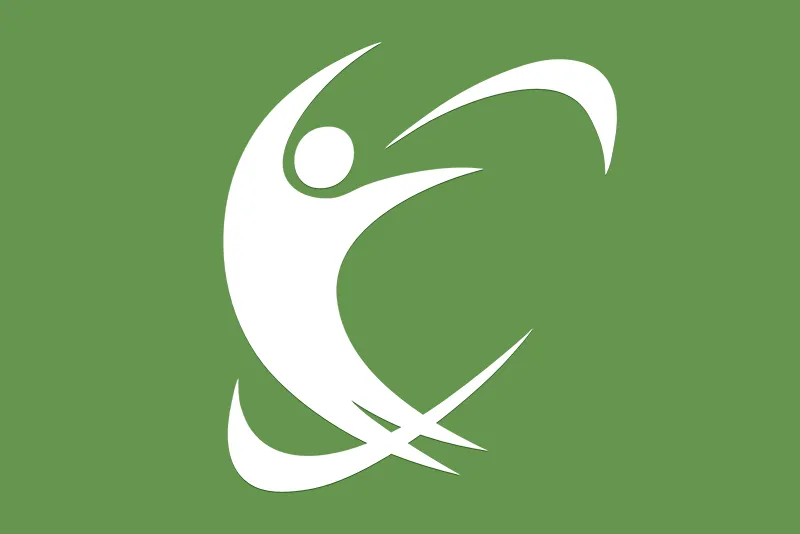This rather unusual term is a new addition to the sports medicine lexicon. The term “SLAP” was first coined by Dr. Steve Snyder of Southern California back in the late 1980’s. It refers to an injury to the top of the cartilage ring inside the shoulder joint called the labrum. This is fibrous gristle, similar to the cartilage in one’s nose, ear, or knee. Its function is to add stability to the shoulder joint, accomplished both by deepening the cup, or “glenoid”, of the shoulder joint, as well as acting as a “chock block”. Just as in the suction cup on the working end of a toilet plunger, the labrum helps keep the ball tightly stuck to the socket. The triangular nature of it prevents the head from slipping out, just as a doorstop would.
These injuries typically occur at the insertion side of the long head of the biceps on the top part of the glenoid labrum, and come in several different subtypes. The most common mechanism of injury is either acute trauma from a fall on an outstretched arm, or repetitive overhead distress such as throwing or tennis. The shoulder strap on a seatbelt has also been implicated as one of the potential mechanisms of injury that can occur as the result of a motor vehicle accident.
What are the symptoms of a SLAP tear?
The SLAP tear has occasionally been called the great pretender, as it can present with popping, snapping, dull aching pain, occasionally pain radiating into the biceps, and pain with overhead activities. These symptoms are unfortunately not unique, and to be found and bursitis, impingement, instability and biceps tendon problems as well.
How can one distinguish between a SLAP tear and other disorders?
Very often, the diagnosis is a combination of a careful history, especially of the mechanism of injury, a specific examination with special tests to elicit instability of the labrum, and occasionally imaging studies such as x-ray and MRI. Interestingly, MRI has been fairly unreliable, missing up to 90% of these lesions. The pickup rate has improved by injecting dye into the joint prior to MRI, but could still miss up to 75% of these injuries despite the injection.
What is the treatment for a SLAP tear?
Typically, recommendations are for the least invasive techniques first. Many patients may try physical therapy, and depending on the tear and activity levels, may be sufficiently relieved with this approach. Secondly, a cortisone injection for diagnostic and therapeutic purposes may help reduce the inflammation from the tear, improving their pain and function. Lastly, for those that continue to have painful symptoms that were not helped by the less invasive techniques, arthroscopic repair of the SLAP tear is a very reliable and minimally invasive way to manage these injuries.
How exactly does one sew something soft slight cartilage back to something hard like bone?
This is done by carefully preparing the top of the bony cup to stimulate it to bleed just a bit. Since the cartilage itself has no blood supply it depends on the blood supply from the bone to augment healing. A tiny screw device is then placed into the bone just like a drywall anchor, with a strong Kevlar suture attached. The suture can then be threaded through the soft tissue sleeve of the labrum or SLAP tear, and the suture is drawn out through a small tube in one of the portal incisions and a knot tied. This is then carefully pushed into position under view on the monitor screen in the operating room. Depending on the size of the tear this may require anywhere from 1 to 5 anchors to hold the detached labrum win position in the previously prepared bony bed.
How about recovery?
Rehabilitation after SLAP repair depends to some extent on the size and extent of the tear as well as other associated injuries. Typically, there is a limited period of immobilization, during which early gentle pendulum exercises are done to avoid stiffness. This is then followed generally by physical therapy to restore range of motion and strength. In most cases, athletes can be returned to their sports with a few exceptions within 3-4 months.
Can it tear again after the repair?
The short answer is yes but… These generally have an excellent track record with less than 2% recurrence rate after repair in my personal series. The objective of sports medicine is to return individuals to the respective prior activities with the majority of our patients returning to the same high-level activities that proved troublesome. Despite this, however, the likelihood of reinsuring the repair still remains remarkably low.
